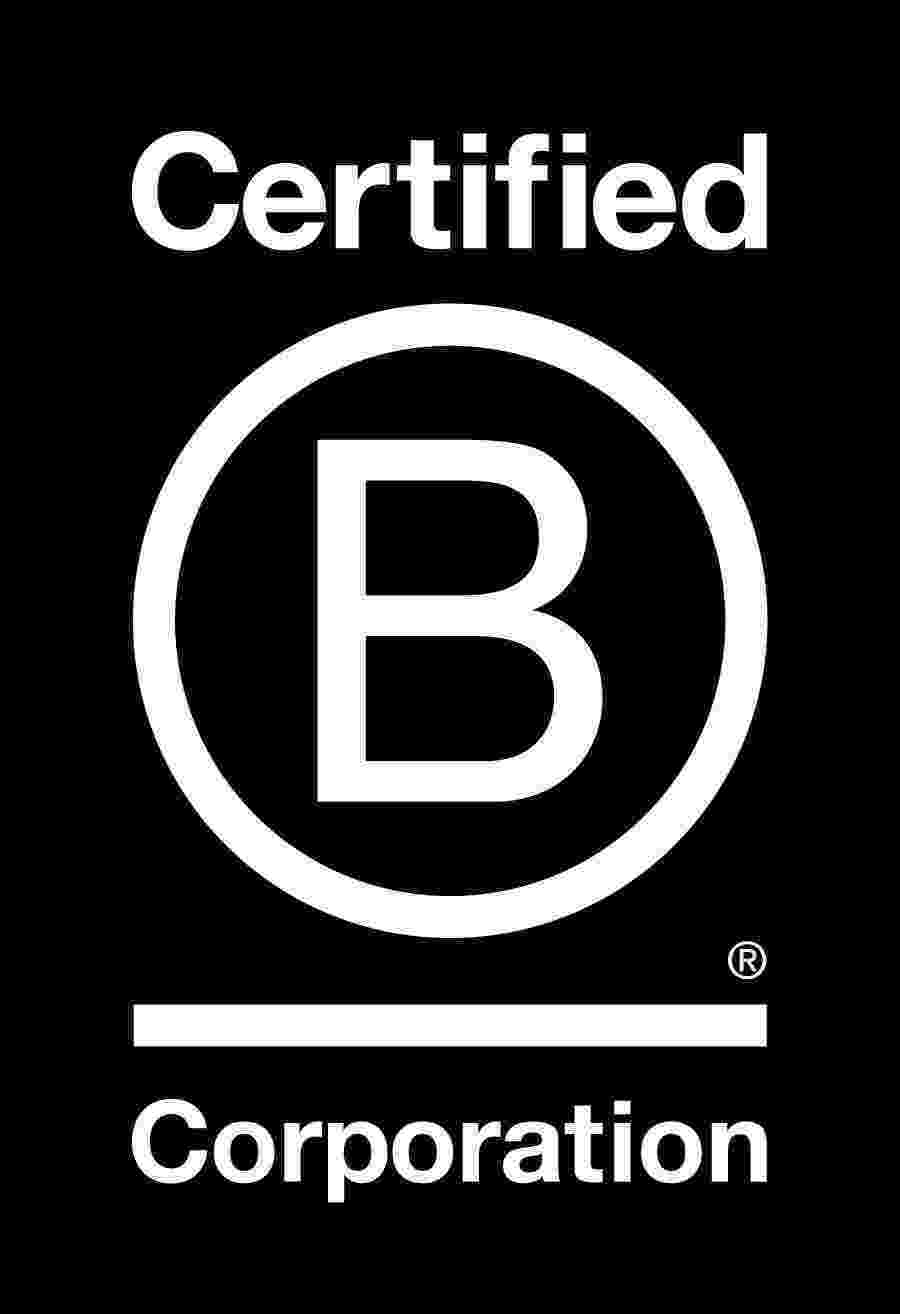Breaking Free from the Performance Plateau
The New Zealand marketing landscape is at a critical inflexion point. As digital performance marketing matures, many organisations encounter the "performance plateau," a concept coined by analysts Tom Roach and Dr Grace Kite. We at D3 have seen this firsthand, with clients increasingly questioning why search and social aren’t delivering as they once did or asking how to make their media mix work harder to achieve growth targets.
Recently, I was sent an article by Tom Roach that made this issue more straightforward and tangible. The graphic below explains it perfectly.

- Ramp Period
- The initial focus on "performance" advertising (e.g., paid search and targeted social media) drives steady sales growth.
- Performance Plateau
- Growth slows and eventually flattens over time as direct-response ads no longer provide significant returns.
- Bump Period
- Adding "brand-building" activities (broad-reaching campaigns for awareness) creates synergy, enhancing performance ads' effectiveness and driving sales growth.
- Overall Outcome
- The result is that combining brand-building with performance activities can help you achieve more sustained sales growth over time and break through the plateau.
So, while direct-response ads are effective initially, they must be complemented by brand-building efforts to keep growing sales and avoid stagnation.
The Digital Marketing Paradox
The evidence is increasingly clear: the strategies that once delivered exceptional returns in digital marketing now yield diminishing results. The performance plateau phenomenon reveals a fundamental paradox in modern marketing: the tools and metrics that enabled precise targeting and measurement may now constrain sustainable growth.
The Statistics Behind Sustainable Growth
LinkedIn’s B2B Institute highlights that only 5% of buyers are actively ready to purchase, meaning that performance marketing misses opportunities to build awareness and loyalty among the remaining 95%. Sustainable growth requires a dual approach, reaching potential buyers at every journey stage.

Reassessing Traditional Media
Digital's dominance has overshadowed traditional media, yet channels like radio, TV, and out-of-home (OOH) remain effective in reaching broad audiences. Studies show that investing up to 50% of budgets in radio can increase organic search traffic by up to 20%. While often undervalued due to digital-centric attribution, traditional media reinforces brand equity and enhances digital messaging.
The Attribution Complexity
Traditional attribution models, focused on immediate response metrics, often miss about 90% of non-digital impact. These models favour digital channels while undervaluing the brand-building cumulative effects of traditional media. More comprehensive frameworks are essential for accurately assessing marketing effectiveness.
Moving to a Balanced Approach
To overcome the performance plateau, a balanced strategy that leans 60:40 towards brand marketing has shown the best results. This approach supports both immediate sales and long-term growth. It widens reach and builds a strong foundation of brand recall, creating resilience and loyalty in a competitive market.
The D3 Way
At D3, we believe in data-informed strategies that balance short-term KPIs with long-term brand growth. Our customised measurement frameworks go beyond last-click attribution, allowing brands to track how today’s brand efforts drive tomorrow’s customer loyalty. This integrated approach aligns with sustainable business growth and enhances overall brand performance.
Strategic Recommendations
Based on the available evidence, several strategic imperatives emerge:
- Develop a more sophisticated understanding of the relationship between performance marketing and brand development.
- Implement measurement frameworks capable of capturing immediate and delayed marketing impacts.
- Reconsider the role of traditional media channels within the modern marketing mix.
- Invest in reaching potential customers before they enter the active buying phase.
- Build organisational capabilities that support long-term brand development alongside short-term performance objectives.
Concluding Thoughts
The performance plateau signals a need to rethink marketing strategy. While digital performance marketing remains valuable, brands must adopt a balanced approach, valuing performance and brand marketing to achieve ongoing growth. By embracing this dual strategy, brands can engage a broader market, regain momentum, and secure sustainable success.


